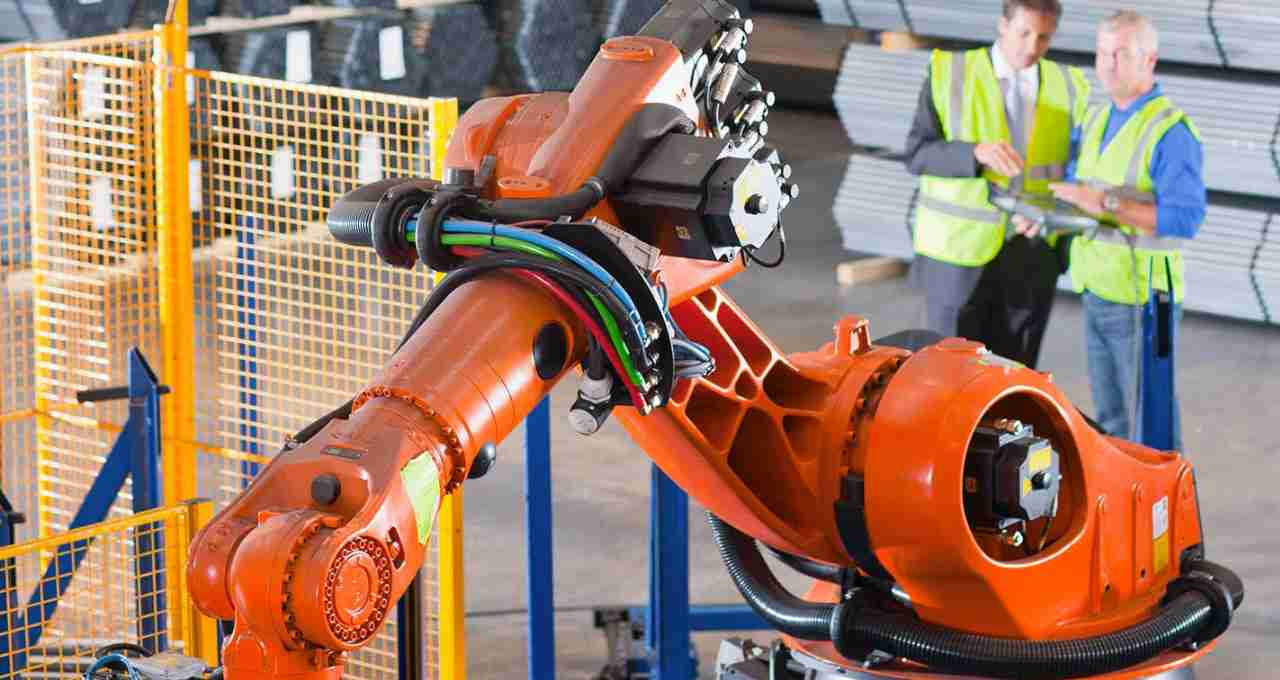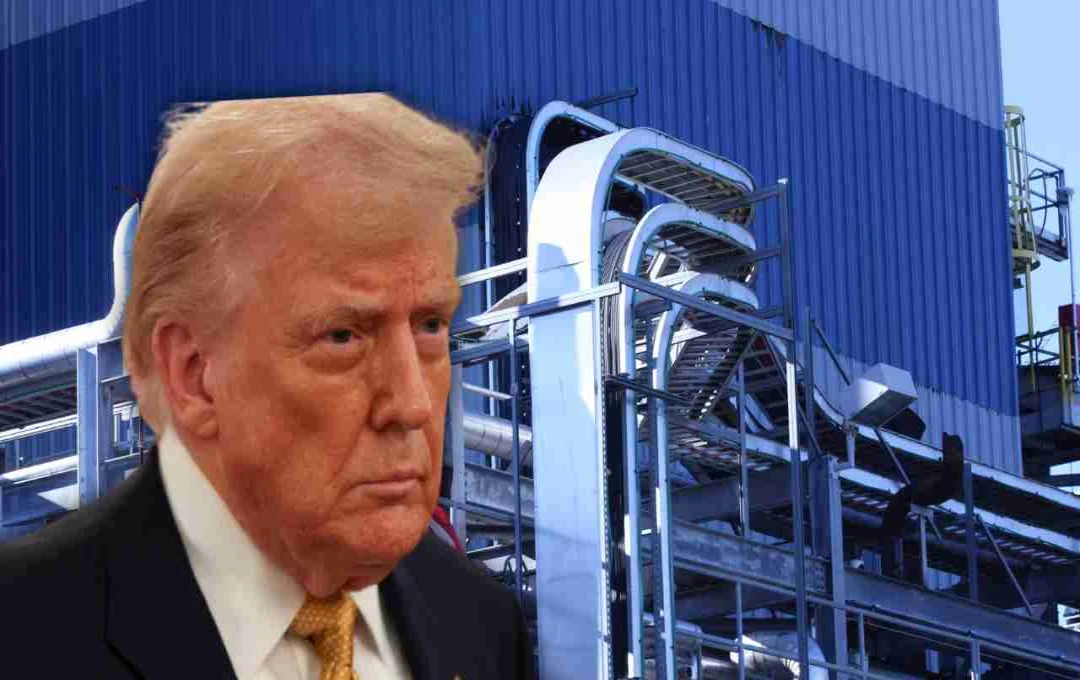U.S. President Donald Trump has been advocating for boosting manufacturing in the country. However, issues such as high labor costs, skill gaps, and complex supply chains pose significant challenges in this direction.
US Manufacturing Issue: Ever since Donald Trump became the President of the United States, he has been dreaming of reviving the manufacturing sector in the country by giving the slogan "Make America Great Again." The main objective of Trump's policy has been to make America a center of production again. But there are many major challenges in this path, which are preventing this dream from becoming a reality. Let's know what major problems the manufacturing sector in America is facing.
The purpose of America's manufacturing policy
The Trump administration's policy aims to have American companies produce within the country, reduce dependence on foreign imports, and increase jobs in the country. For this, he increased tariffs on imports from China and other countries so that foreign goods become expensive and American goods get a boost. This policy was a step towards improving the trade balance. However, its effects have been mixed.
Is manufacturing still b in America?
America's manufacturing sector is still considered one of the leading sectors in the world in terms of technology, innovation and high quality. But it is not easy to compete with countries like China, Vietnam, India and Bangladesh for cheap production. Therefore, the question is important whether bringing production back to America is practical or just a political slogan.
Major challenges that are holding back American manufacturing
1. High Labor Cost
Wages of workers are quite high in America. The average wage of a factory worker is many times higher than that of India or China. This makes it difficult for American companies to remain in global competition. This is the reason why many companies prefer to get production done at low cost in foreign countries instead of setting up a unit in America.
2. Lack of Skilled Workforce
Modern manufacturing is based on automation, AI, and high technology. It requires special types of skills. But there is a huge shortage of workers with such skills in America. In the past decades, less attention has been paid to technical training, due to which the industry is not getting skilled human resources. This skill gap is slowing down production.

3. Complex Supply Chain System
Global manufacturing now depends on the supply chain. America's industry is also dependent on China and other countries for raw materials and parts. But this supply chain is quite unstable. Epidemics, wars, trade wars or natural disasters can disrupt supply. This increases costs and affects the speed of production.
4. Old Condition of Infrastructure
Although America has a b transport network, there is still a need to upgrade industrial infrastructure in some areas. Especially in rural and midwestern areas, where factories can be established, there is a need to improve the quality of roads, electricity and internet.
5. Strictness of Environmental and Labor Rules
The rules related to environmental protection and labor rights are quite strict in America. These rules are also necessary, but they increase the manufacturing cost. For example, the machines that are needed to make a product are on high standards in America, while these same tasks can be done at a lower cost in other countries.
6. Changing Pattern of Consumer Habits
The habits of American consumers also affect the cost of production. They want more options at lower prices, and are satisfied with the quality of foreign goods. Until the price of goods made in America matches the global level, consumers will not be interested in buying domestic goods.
Why is Trump still emphasizing?
Trump believes that America has to make its own products to become self-reliant. His argument is that this will increase domestic employment, reduce the trade deficit and reduce foreign dependence. Also, it is necessary from the point of view of America's national security that essential things should be prepared in the country itself.
Is there a way out?
Although there are many challenges, solutions are also available. If America promotes smart manufacturing by using modern technology, invests in skill development and upgrades infrastructure, then the cost of production can come down. Also, the government has to give tax exemptions and incentives to those who set up new industries.
Why are Tesla and Apple manufacturing abroad?
Companies like Tesla and Apple are also producing in foreign markets. The reason for this is low cost, fast production and tax benefits. In countries like India, China and Vietnam, they can not only get work done by cheap laborers, but the big market there is also beneficial for these companies.














